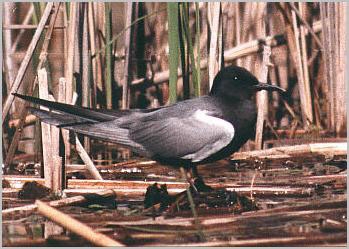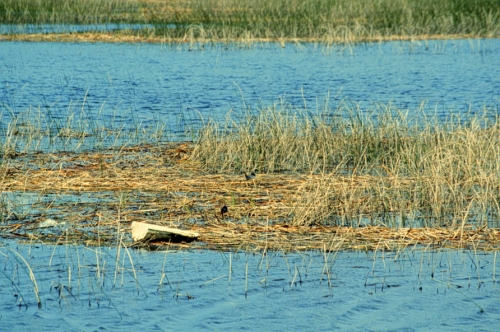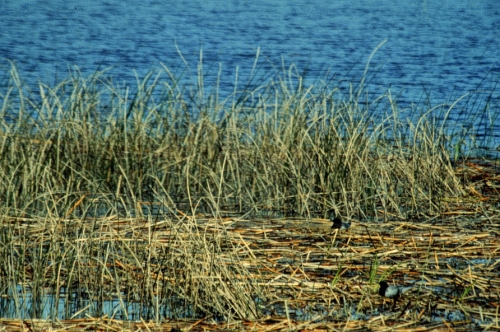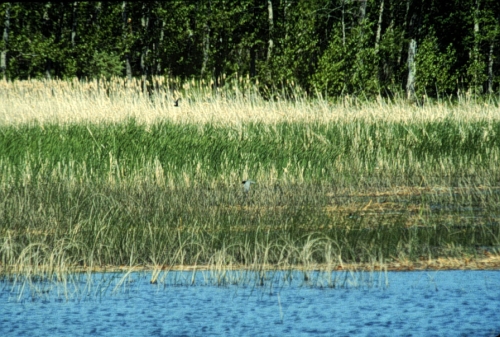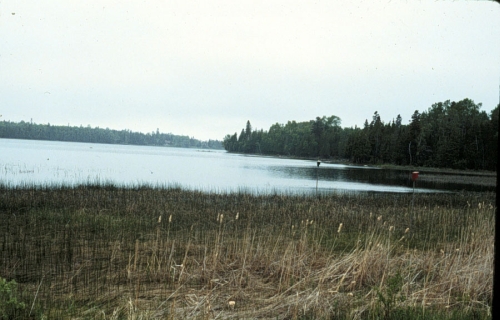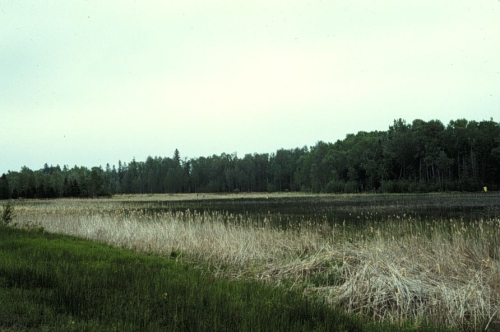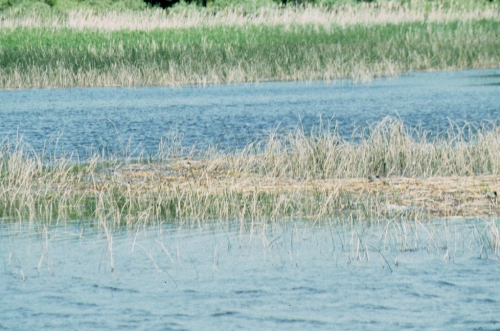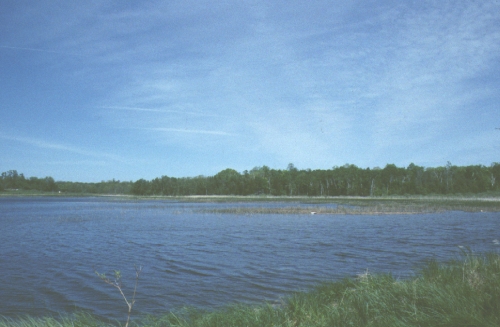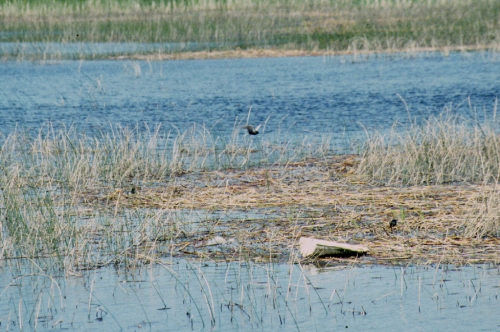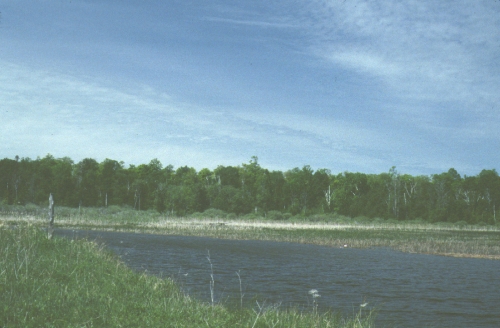Plants and Animals
Chlidonias niger Black tern
Key Characteristics
The distinctive black head and underbody with gray wings, back, and tail easily distinguishes this species from any other tern species in the state. Their size is also a key to recognition. With an average length of only 9.75 inches (25 cm) and a wingspan average of 24 inches (61 cm). Black terns are the smallest tern species to occur in Michigan. In flight, the tail is short and slightly forked and the species is highly acrobatic, often swooping and diving low over land or water. Vocalizations include a harsh metallic "kik", often produced when alarmed. Another softer common call is the "kyew" or "kyew-dik".
Status and Rank
US Status: No Status/Not Listed
State Status: T - Threatened (legally protected)
Global Rank: G4G5 - Rank is uncertain, ranging from apparently secure to secure
State Rank: S2 - Imperiled
Occurrences
| County | Number of Occurrences | Year Last Observed |
|---|---|---|
| Allegan | 1 | 1997 |
| Alpena | 1 | 1998 |
| Arenac | 2 | 2009 |
| Bay | 1 | 2000 |
| Cheboygan | 1 | 2007 |
| Chippewa | 8 | 2018 |
| Delta | 3 | 2022 |
| Emmet | 1 | 2005 |
| Iosco | 2 | 2023 |
| Jackson | 1 | 1985 |
| Kalamazoo | 1 | 2021 |
| Mackinac | 3 | 1996 |
| Macomb | 1 | 1981 |
| Manistee | 2 | 1991 |
| Midland | 1 | 2001 |
| Muskegon | 1 | 2005 |
| Roscommon | 2 | 1999 |
| Saginaw | 1 | 2003 |
| St. Clair | 1 | 2009 |
| Tuscola | 1 | 1993 |
Information is summarized from MNFI's database of rare species and community occurrences. Data may not reflect true distribution since much of the state has not been thoroughly surveyed.
Habitat
Black terns nest on floating rack or vegetation within the marsh. The well camouflaged eggs rest in a shallow cup just above the water surface and are very susceptible to wind and wave action.
Natural Community Types
For each species, lists of natural communities were derived from review of the nearly 6,500 element occurrences in the MNFI database, in addition to herbarium label data for some taxa. In most cases, at least one specimen record exists for each listed natural community. For certain taxa, especially poorly collected or extirpated species of prairie and savanna habitats, natural community lists were derived from inferences from collection sites and habitat preferences in immediately adjacent states (particularly Indiana and Illinois). Natural communities are not listed for those species documented only from altered or ruderal habitats in Michigan, especially for taxa that occur in a variety of habitats outside of the state.
Natural communities are not listed in order of frequency of occurrence, but are rather derived from the full set of natural communities, organized by Ecological Group. In many cases, the general habitat descriptions should provide greater clarity and direction to the surveyor. In future versions of the Rare Species Explorer, we hope to incorporate natural community fidelity ranks for each taxon.
Management Recommendations
Active management techniques involving artificial wetland production and management as well as artificial nest platform implementation are viable options. Significant changes in water levels at managed impoundments should be avoided during the breeding season. Similarly, boat wakes can wash out black tern nests thereby submerging eggs or drowning chicks. Repeated and prolonged human presence in Black tern colonies will prevent adults from incubating eggs or feeding offspring. When the adults are not present at the nest, exposure to weather or predation is more likely. Indirect management activities should include habitat preservation through land acquisition and conservation easements at sites occupied by Black terns.
Active Period
Migration from third week of April to second week of May
Migration from third week of August to fourth week of September
Nesting from third week of May to fourth week of August
Survey Methods
Surveys for Black terns may be done from shore or a canoe as they are conspicuous in flight and easily identified. Scanning over emergent vegetation and nearby open water areas for courting birds
Observe in flight
Survey Period: From third week of May to fourth week of July
Time of Day: Morning (after sunrise)
References
Survey References
- Bibby, C.J., N.D. Burgess, and D.A. Hill. 1992. Bird Census Techniques. Academic Press, New York.
Technical References
- Currier, C.L. 2000. Special Animal Abstract for Chlidonias niger (Black tern). Michigan Natural Features Inventory, Lansing, MI. 3pp.


